Jessie A Ellis
Oct 08, 2024 06:55
NVIDIA is advancing capabilities in reality capture using AI and RTX GPUs, revolutionizing the creation of immersive 3D environments.
Unlocking New Potential in Reality Capture 🌟
NVIDIA is setting new standards in reality capture technology by harnessing the power of artificial intelligence and RTX GPUs. Their innovative methods enhance techniques such as neural radiance fields (NeRFs) and Gaussian splatting, resulting in more sophisticated and lifelike digital representations of real-world spaces. These improvements streamline processes, paving the way for increased efficiency and accuracy in 3D modeling and visualization.
Innovations in Digital Mapping 🗺️
The process of reality capture involves creating precise three-dimensional models of actual environments. Techniques utilized include photogrammetry and Lidar. NVIDIA’s RTX GPUs significantly expedite data processing speeds, allowing for swift and efficient analysis of extensive datasets. Through NeRFs, individuals can generate photorealistic 3D images from a small selection of 2D photographs, while Gaussian splatting ensures real-time rendering capabilities for 3D models.
Understanding Photogrammetry and Lidar 🔍
Photogrammetry is a technique that derives geometric data from photographs to form point clouds, which subsequently contribute to the development of 3D representations. This method is generally more affordable than Lidar, which employs laser pulses and is known for its high-precision mappings. Although Lidar involves higher costs, it excels in producing accurate measurements, particularly in low-light settings.
Optimizing Processes with NVIDIA’s Offerings ⚙️
NVIDIA leverages its CUDA technology to enhance the speed at which reality capture data is processed. Additionally, the RTX series facilitates real-time ray tracing, yielding photorealistic visual experiences. This technological fusion is vital for comprehensive projects that demand high-resolution scans and immersive 3D representations.
Exploring NeRFs and Gaussian Splatting 🎨
NeRFs utilize machine learning algorithms to generate complex 3D scenes using fewer images, ensuring superior visual detail. Gaussian splatting enriches visual outputs by layering Gaussian functions within a 2.5-dimensional space, making it particularly adept for applications such as urban planning and virtual environments that require quick rendering times.
The Role of AI in Reality Capture 🤖
Artificial Intelligence plays a crucial role in enhancing reality capture processes, particularly in the areas of object recognition and segmentation. NVIDIA’s SAL technique automates the segmentation of Lidar data, while innovative startups like Hover leverage AI to produce intricate 3D models of buildings. These advancements significantly improve workflow efficiency and the precision of the final products.
Final Thoughts on Technological Evolution 🏗️
NVIDIA’s synergistic use of AI alongside RTX GPUs is dramatically reshaping the landscape of reality capture. By facilitating quicker processing and superior visualization, these innovations are poised to redefine numerous applications spanning architecture, urban planning, and digital content production. This year promises to unveil even more potential in how we conceptualize and construct our digital environments.
Hot Take 🚀
The integration of cutting-edge technology into reality capture signifies a remarkable leap forward. As industries increasingly embrace AI and advanced graphics processing techniques, the potential for creating hyper-realistic simulations will revolutionize how professionals in architecture, urban planning, and various digital fields approach their projects. Embracing these tools not only enhances accuracy but also fosters creativity, enabling more dynamic and engaging presentations of real-world environments.

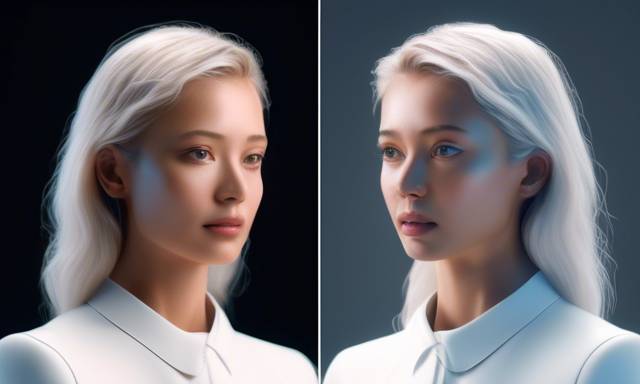
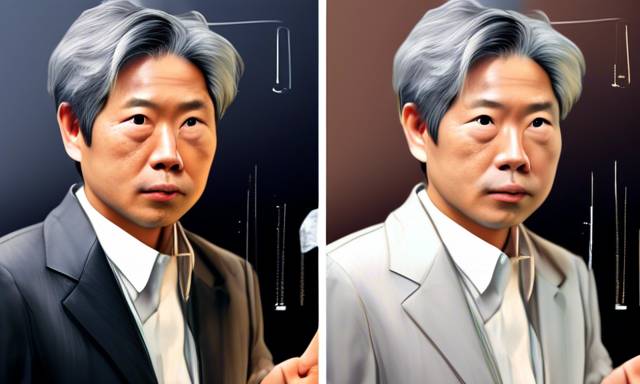


 By
By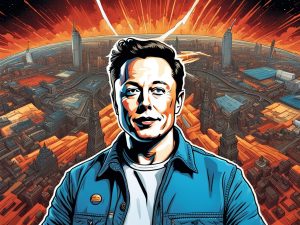
 By
By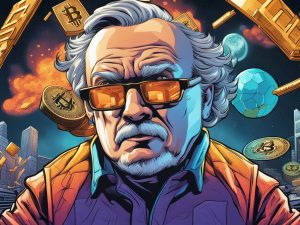
 By
By
 By
By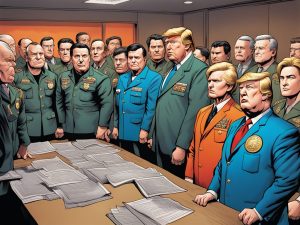
 By
By
 By
By